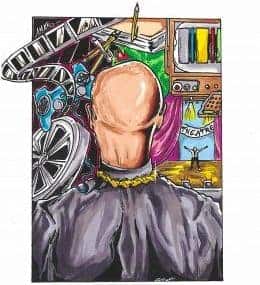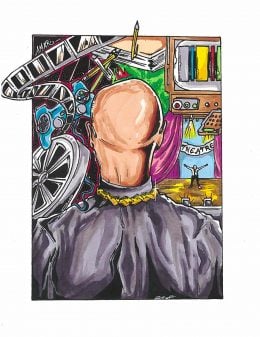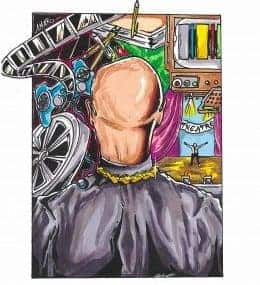A Deep Dive: The Little Mermaid Live Action Remake Versus The Book
Despite their differences in style and quality for the respective mediums; the two pieces speak of love, familial turmoil, and determination.
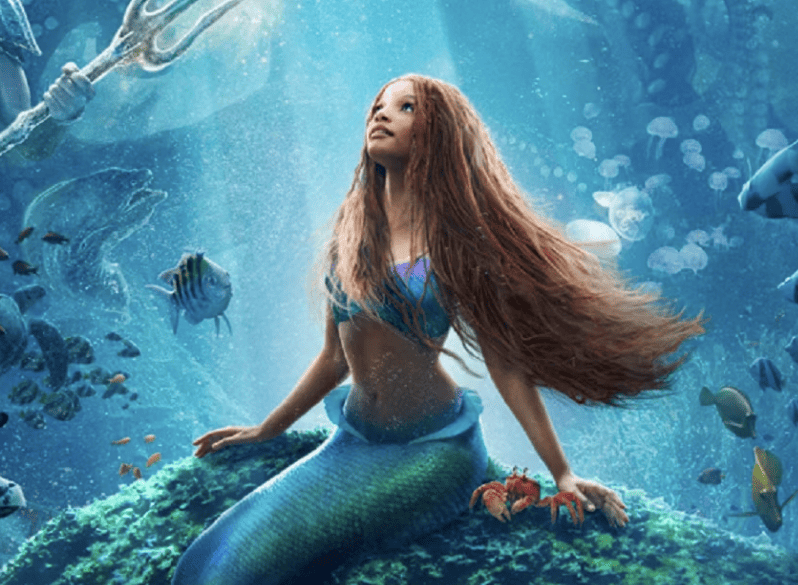
Spoiler Alert: This summary and review contains spoilers.
Additionally, some images and text may include affiliate links, meaning we may earn a commission or receive products if you make a purchase.
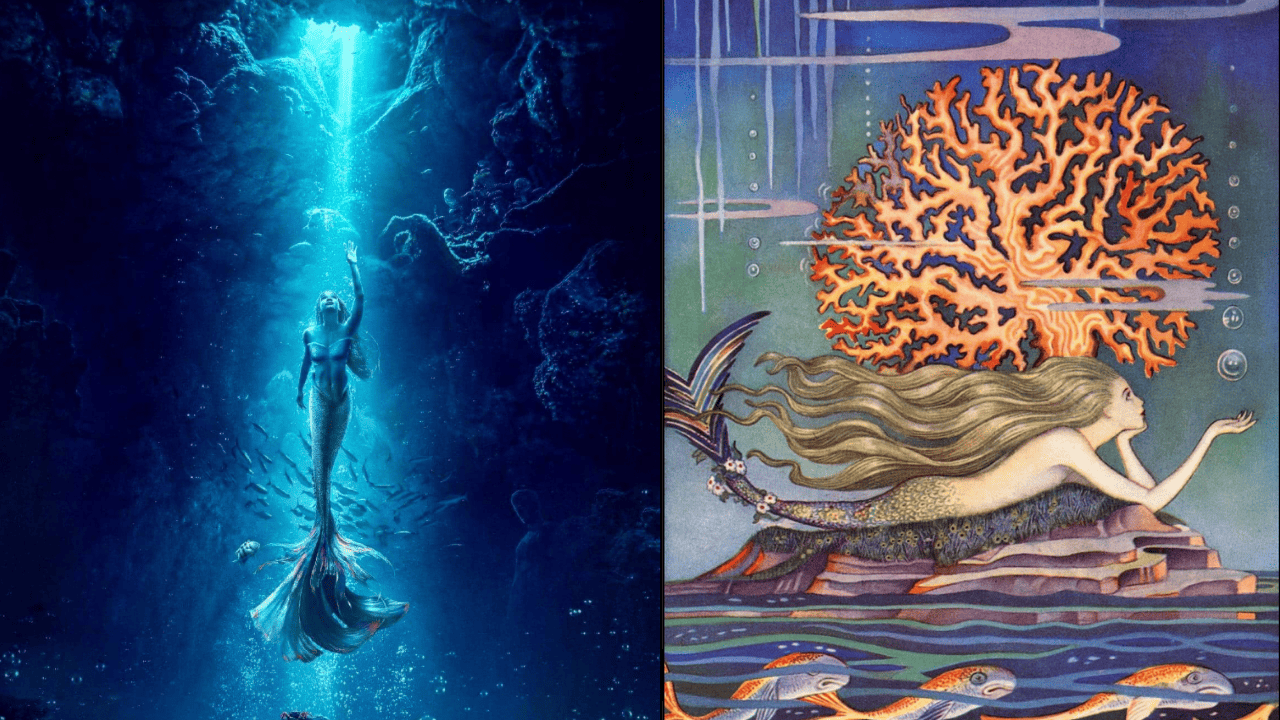
Media Forms: Intentionality and Purpose
Differing mediums like movies and television allow for readers and viewers to experience their favorite stories in an audio-visual space. The actual form of a book or any written story brings the reader a physical experience. One can touch the pages, smell the lignin, and imagine what the author is attempting to describe. This process of deciphering requires creativity that visual presentations of plot lines might not be able to do. Every creator should ask themselves what their art is supposed to do after reviewing its contents and packaging.
The Little Mermaid (2023), which you can read more about here, intends to rebrand and sell a nostalgic tale. With Disney’s promotional backing and large funds, one would generally assume the film would be well accepted. Despite all the rantings and ravings about race swaps and poor CGI, the idea is that the film’s direction ended up selling itself short at the box office. Hans Christian Andersen’s written work does not have an obnoxiously obvious audience, unlike the most recent film directed by Rob Marshall. Both pieces explore relatable themes with the newest addition of The Little Mermaid franchise adding concepts that represent current times.
Defining Differences
Character Collage

Halle Bailey starred as Ariel in Rob Marshall’s “The Little Mermaid,” portraying the first race-swapped Disney princess ever. In her role, she beautifully embodied femininity, beauty, and tenacity, becoming a source of inspiration for young Black girls around the world, although her casting did provoke some controversy. In certain countries like China, marketing teams chose to downplay her skin color in promotional material due to cultural preferences, which is unfortunate and raises the question: why?
It is worth noting that Hans Christian Andersen originally described the protagonist as being extremely fair, with skin “as clear as a rose leaf” and eyes “as blue as the deepest sea.” Even in the original 1989 movie, we had watched and loved a White Ariel. So why change her ethnicity when Disney has the resources to create original characters who are Black and brown? Moreover, why not assemble a team of artists who are people of color to bring those characters to life? The likely answer lies not-so-covertly in their finance department—Disney has been producing lukewarm remakes that generate millions for some time now (too long). Pandering to minority groups has become a strategy to secure an audience.
In an era of heightened awareness around anti-racism and the push for diversity, it is unfortunate that some companies exploit inclusivity as a mere facade for their greed. It is important to appreciate that Hans Christian Andersen’s portrayal of beauty aligned with the prevailing standards of his nineteenth-century Danish society, where White women were typically considered the epitome of beauty. As readers, we can value the fact that his intentions regarding The Little Mermaid’s appearance were not likely driven by any dubious agendas.
Every Fish Needs Pets
Poor Character Support
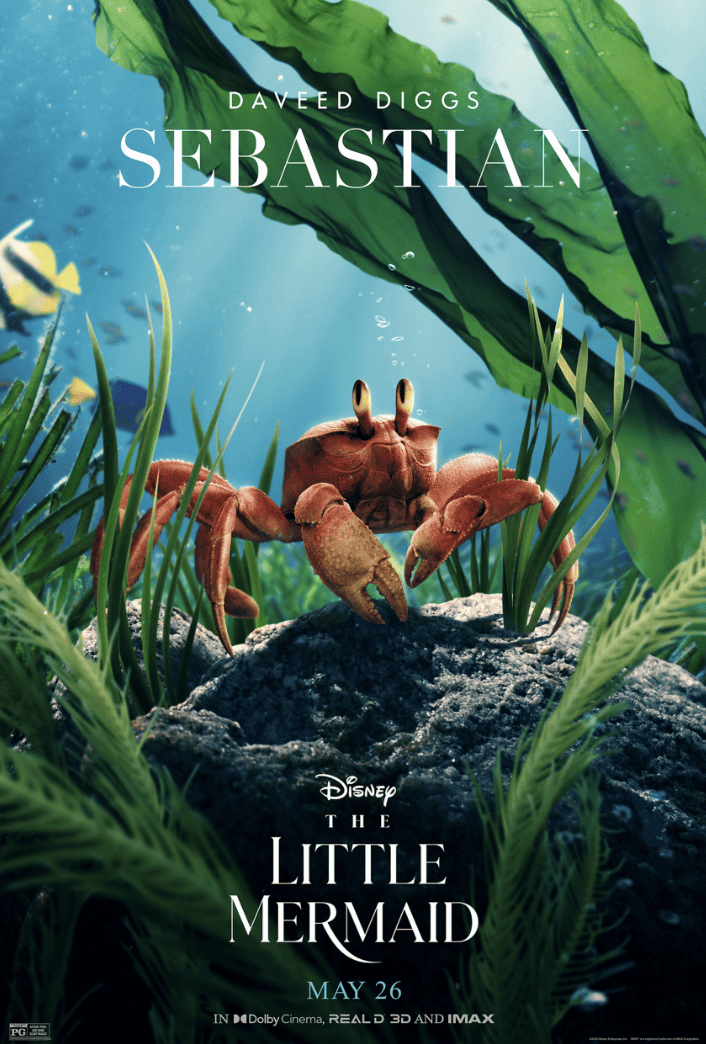
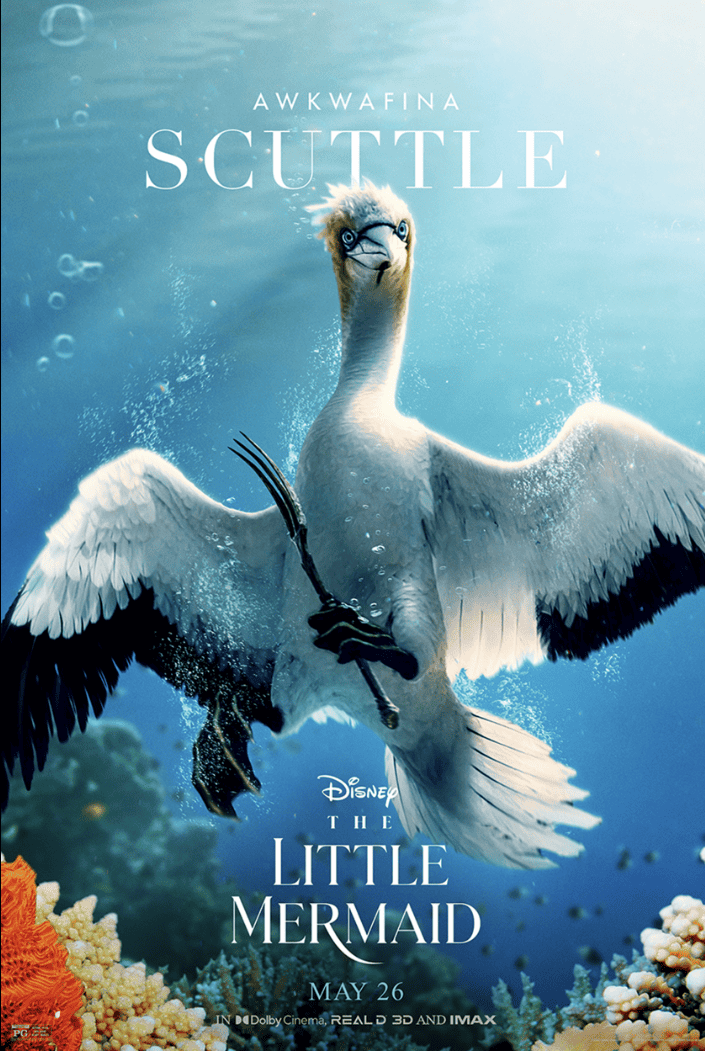
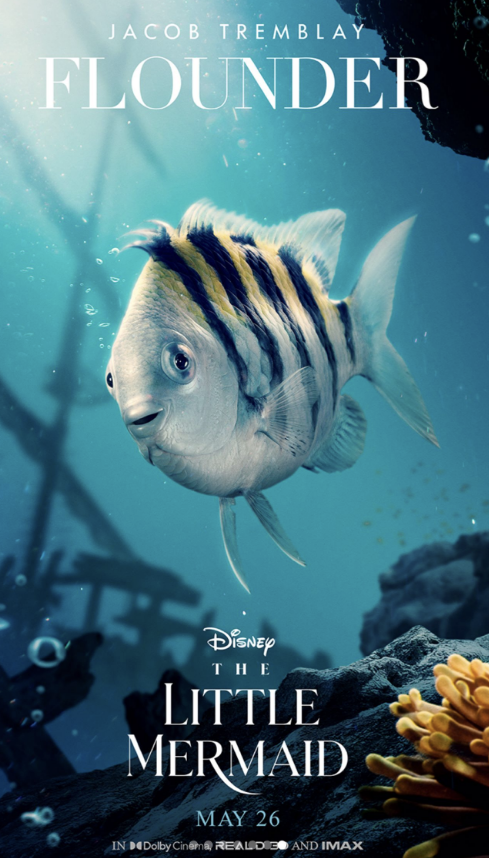
In the written version of “The Little Mermaid,” the protagonist embarks on her journey to land without the companionship of characters like Sebastian, Scuttle, or Flounder, as depicted in more recent adaptations. Hans Christian Andersen’s original tale portrays the mermaid’s grandmother as her sole confidant. This character, a widowed mother to the Sea King, takes great pride in her royal status and the symbols it represents.
By adorning herself with twelve pearls from oysters, she flaunts her elevated position in the underwater monarchical hierarchy. The grandmother serves as a guiding force, encouraging her granddaughter to embrace traditional paths. She presents the rewards of conforming to the expectations of a young debutante under the sea. In Andersen’s version, the Little Mermaid’s coming-of-age story involves surfacing on her fifteenth birthday to witness the wonders of the “forests” and “trees” above.
In contrast, the new remake of “The Little Mermaid” portrays Ariel with companions like Sebastian, a crustacean babysitter, and Flounder, a loyal friend (yes-fish). This divergence highlights the difference in approach between the adaptations, with Andersen’s original providing the mermaid with a stronger foundation of wise support. Sebastian and the other characters in the live-action remake seem to serve as entertaining additions for children’s amusement. In Andersen’s story, however, the focus appears to be less on young children and more on conveying potent life lessons. Both versions depict the Little Mermaid as falling for the allure of the “other,” willing to relinquish the familiar for the wonders beyond her reach. Additionally, both iterations showcase both princesses’ active pursuit of a prince of interest. It is fascinating to observe how such an assertive desire for a suitor was portrayed in a nineteenth-century European tale compared to contemporary interpretations.
Things To Note
Question(s) Left Unanswered
- Did Disney achieve its original goals of diversity, equity, and inclusion?
- Is Hans Christian Andersen’s original tale more rich in relevant in time-pervasive themes?
What I Hope To See
I love to witness a childhood company embracing women who resemble me but to nourish the imagination and sense of identity of all individuals, it would be great if Disney took a step back from these well-established narratives. Instead, they could revitalize the entertainment sphere by introducing original characters (OCs) with Brown and Black heritage.
By fostering the creation of OCs from diverse backgrounds with their huge budgets, Disney can infuse storytelling with renewed energy. One can go as far to say they can inspire the forthcoming generation to embrace and celebrate their own cultural identities. In doing so, a powerful message is conveyed — that every child’s story matters, regardless of their racial or ethnic background. It allows children to envision themselves as heroes, princesses, and adventurers, reinforcing that their dreams and aspirations are valid and attainable.
